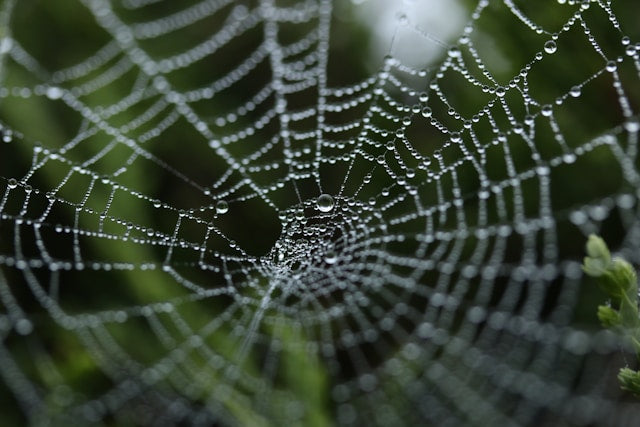Pest Control
Spider Guide

Spiders are vital for ecological balance as they control insect populations, yet their presence in homes often causes fear and discomfort for many people. If you’re wondering how to get rid of spiders, it’s vital to recognize that spiders are arachnids, not insects, which is why conventional insecticides often fail to eliminate them. This guide will explore common household spiders, their lifecycle, effective management techniques, and DIY spider extermination solutions.
Common House Spiders
Several spider species frequently inhabit indoor and outdoor spaces, each with distinct traits.
- Black Widow Spiders: These spiders are easily identified by their lustrous black bodies and the iconic red hourglass marking. They favor dim, undisturbed environments such as basements and sheds.
- Brown Recluse Spiders: Sporting a characteristic violin-shaped marking on their backs, they’re often found in secluded indoor areas, such as closets or attics.
- House Spiders: Known for their diminutive, brown bodies, they often construct cobwebs in neglected corners of rooms. Knowing these details is crucial to understanding how to get rid of these spiders.
- Jumping Spiders: With superior vision and unique leaping movements, these spiders usually reside near windows where they can hunt for prey.
- Long-Bodied Cellar Spiders (Daddy-long-legs): Characterized by their exceptionally long legs, they are prevalent in damp areas like basements.
- Wolf Spiders: Recognizable by their sturdy build and swift movements, they’re ground dwellers who seldom create webs.
Spider Lifecycle & Behavior
Spider eggs are encased in a protective silk sac, with the number of eggs varying by species. Typically, the eggs hatch in about two weeks. Most spiders stay within the sac until their first molt, approximately one month after being laid, at which point they chew through the sac wall. This is usually where you will see more spiders show up in an area, as this is when they start to disperse around toward new destinations. At this point, knowing how to get rid of spiders before they multiply is essential. Most spiders will molt a few more times before reaching maturity. Each species has a different life span, and the average is between one and two years.
Habitats & What They Feed On
Spiders thrive in areas of the home that offer food and shelter, such as basements, attics, and humid corners, where there are perfect conditions for web construction and prey capture. They feed mainly on insects and other small arthropods, serving as predators that control pest populations. Areas with abundant insect activity, like gardens and well-lit corners, attract spiders.
Effective DIY Spider Control Methods
Effectively managing spider populations requires a comprehensive approach combining integrated pest control techniques and ongoing preventive measures. It is essential to learn how to get rid of spiders and manage existing infestations promptly. Here are some tips on spider extermination.
1. Remove Webs & Egg Sacs
Regularly clear spider webs and egg sacs to minimize attractions and disrupt breeding cycles. This helps in reducing the spider population considerably over time.
2. Seal Entry Points
Inspect and seal any cracks or gaps where spiders might enter your home, such as around windows, doors, and foundational areas.
3. Maintain a Clean Environment
As part of learning how to get rid of spiders, regular cleaning routines are a must to help eliminate potential attractants and make your home less appealing to spiders. Use dehumidifiers to lower moisture levels, creating an inhospitable environment for spiders that thrive in high humidity.
4. Use DIY Pest Control Solutions
To deter spiders without harming humans or pets, utilize natural options like essential oils (such as peppermint or eucalyptus). Place sticky traps in strategic locations to catch and monitor spider activity. Consider using specialized pest control products like insecticide concentrates and aerosol sprays to treat larger areas or specific problem spots. Insecticide granules and dusts are ideal for reaching wall voids and other hidden spider hideouts.
How DIY Pest Warehouse Can Help
If you’re still wondering how to get rid of spiders, DIY Pest Warehouse offers a wide selection of products specifically developed for spider extermination. These products often provide a convenient and cost-efficient alternative to professional pest control services. With our comprehensive customer support and educational resources, homeowners are empowered to address spider issues effectively. Explore our pest guides to learn more.




